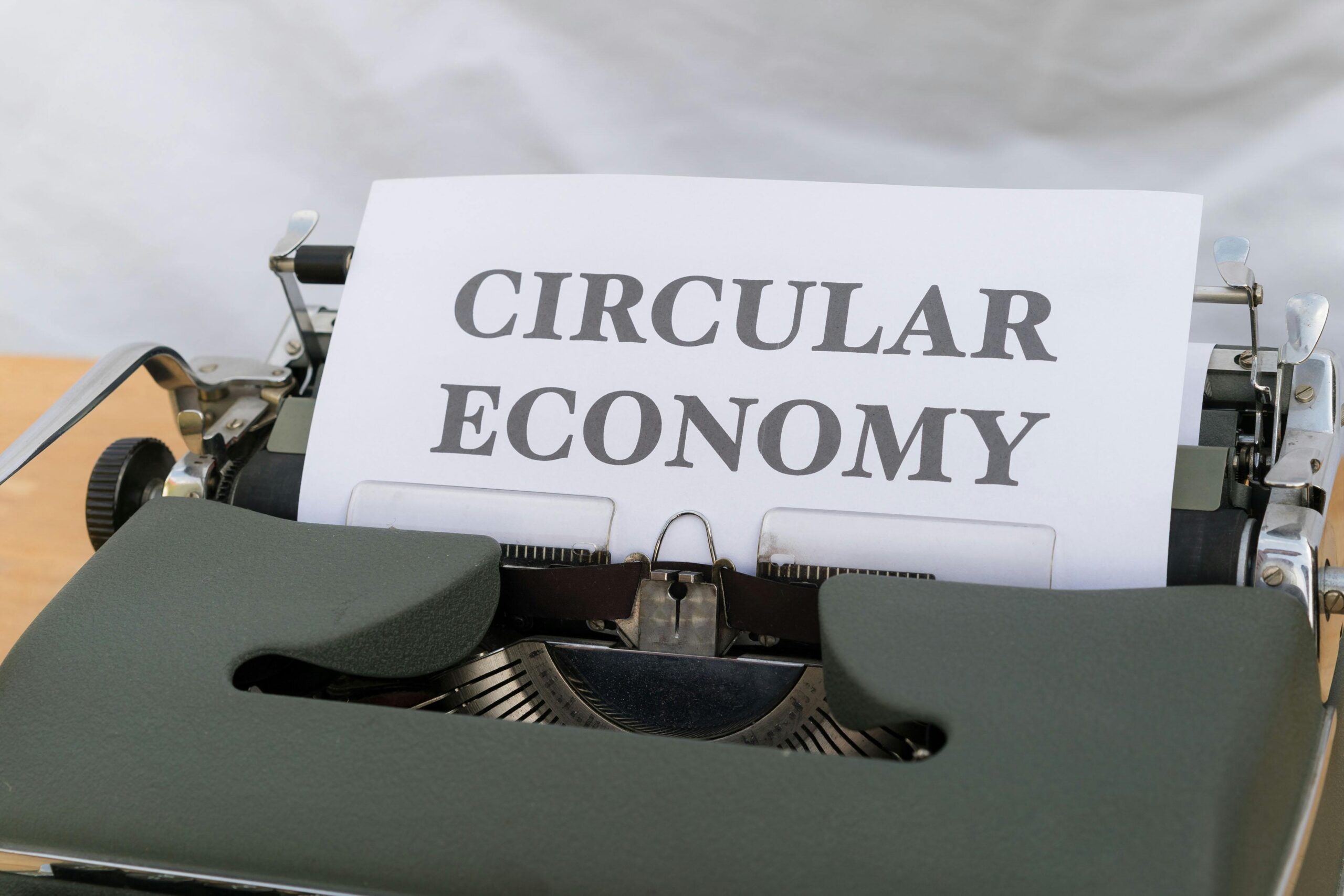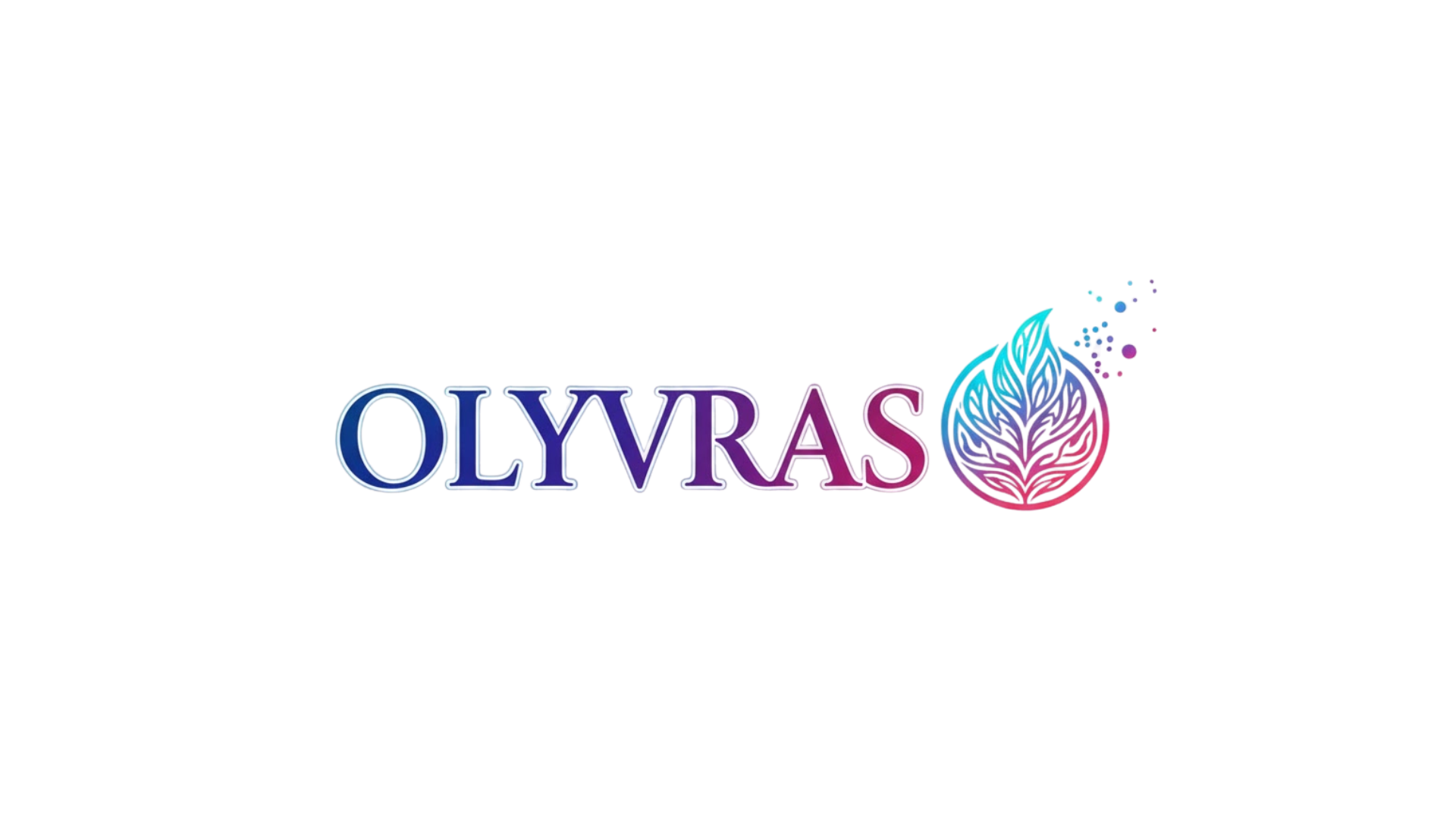The circular economy represents a transformative shift in how businesses create value, moving from linear “take-make-dispose” models toward regenerative systems that eliminate waste and maximize resource efficiency.
🔄 Understanding the Circular Economy Framework in Modern Business
Traditional corporate models have operated on linear principles for decades, extracting raw materials, manufacturing products, and ultimately discarding them as waste. This approach has driven economic growth but at tremendous environmental and social costs. The circular economy offers an alternative paradigm that decouples economic activity from resource consumption by keeping products, components, and materials at their highest utility and value.
At its core, circular economy strategies focus on three fundamental principles: designing out waste and pollution, keeping products and materials in use, and regenerating natural systems. For corporations, this means rethinking everything from product design and supply chain management to business models and customer relationships. Companies embracing circularity recognize that finite resources and mounting environmental pressures demand innovative approaches to value creation.
The business case for circular strategies extends beyond environmental stewardship. Organizations implementing circular principles report improved resource security, reduced operational costs, enhanced brand reputation, and new revenue streams. Research indicates that circular economy approaches could unlock $4.5 trillion in economic growth by 2030, representing a massive opportunity for forward-thinking enterprises.
Strategic Pillars for Corporate Circular Transformation
Successfully implementing circular economy strategies requires a comprehensive approach that touches every aspect of business operations. Companies must develop strategic frameworks that align circular principles with their core business objectives while addressing stakeholder expectations and regulatory requirements.
Redesigning Products for Longevity and Recyclability
Product design sits at the foundation of circular economy implementation. Companies must shift from designing for obsolescence to creating products built for durability, repairability, and eventual disassembly. This involves selecting materials that can be recycled or composted, minimizing toxic substances, and standardizing components to facilitate repair and remanufacturing.
Leading corporations are adopting modular design approaches that allow customers to upgrade individual components rather than replacing entire products. Electronics manufacturers, for example, are creating smartphones and laptops with easily replaceable batteries, screens, and other parts. Furniture companies design products that can be disassembled and reassembled without degradation, extending product lifespans significantly.
Material selection plays a crucial role in circular design. Businesses are increasingly choosing recycled, renewable, or bio-based materials that reduce environmental impact and create closed-loop material flows. Companies also implement material passports—digital records detailing product composition—enabling efficient recovery and recycling at end-of-life.
Transforming Supply Chains into Value Cycles
Circular economy principles demand reimagining supply chains as value cycles where materials flow continuously rather than linearly. This transformation requires deep collaboration with suppliers, logistics partners, and even competitors to create systems where one organization’s waste becomes another’s input.
Forward-thinking companies establish reverse logistics capabilities to recover products at end-of-life. These systems collect used products, refurbish or remanufacture them, and return them to market. This approach not only reduces waste but also creates new revenue opportunities while strengthening customer relationships through take-back programs and trade-in options.
Industrial symbiosis represents another powerful circular strategy where companies exchange byproducts, energy, and water. Manufacturing facilities located in eco-industrial parks share resources, dramatically reducing waste and operational costs. For instance, one company’s excess heat might power a neighbor’s processes, while production scraps become raw materials for another operation.
💼 Innovative Business Models Driving Circularity
Transitioning to a circular economy often requires fundamentally rethinking how companies generate revenue and deliver value to customers. Traditional sales-based models give way to innovative approaches that align business success with resource efficiency and product longevity.
Product-as-a-Service and Performance Models
Product-as-a-service models shift ownership from customers to manufacturers, who retain responsibility for maintenance, repair, and end-of-life management. Customers pay for performance or usage rather than owning products outright. This approach incentivizes companies to design durable, efficient products since they bear lifecycle costs.
Lighting companies, for example, offer “light as a service,” installing and maintaining LED systems while customers pay for illumination rather than fixtures. This model has expanded across industries—from tire manufacturers offering mobility services to aerospace companies providing thrust hours rather than selling engines. These arrangements create win-win scenarios where businesses profit from product longevity while customers enjoy hassle-free services.
Sharing Platforms and Collaborative Consumption
Sharing economy platforms maximize asset utilization by connecting users with underutilized resources. While digital platforms have popularized this concept in transportation and accommodation, corporations are applying similar principles to industrial equipment, office space, and professional tools.
Construction companies share expensive equipment through cooperative platforms, reducing capital requirements and environmental impact. Co-working spaces allow businesses to access premium facilities without maintaining dedicated offices. These collaborative models reduce overall resource consumption while maintaining or improving service quality.
Refurbishment and Remanufacturing Operations
Establishing refurbishment and remanufacturing capabilities creates secondary markets for products while recovering materials and components. Companies can capture additional value from products multiple times throughout their lifecycle, transforming potential waste into profitable inventory.
Electronics manufacturers operate certified refurbishment programs, extending device lifespans while offering affordable options to price-sensitive customers. Automotive companies remanufacture engines and transmissions to original specifications, providing guaranteed performance at significantly lower cost and environmental impact than new production.
🎯 Implementation Roadmap for Corporate Circular Strategies
Transitioning to circular practices requires systematic planning and phased implementation. Organizations must assess current operations, identify opportunities, and develop actionable plans that balance ambition with feasibility.
Phase One: Assessment and Opportunity Identification
Begin by conducting comprehensive material flow analysis to understand how resources move through your organization. Map supply chains, identify waste streams, and quantify material losses at each stage. This baseline assessment reveals opportunities where circular strategies can deliver maximum impact.
Engage stakeholders across functions—from design and procurement to operations and sales—to gather insights about constraints and possibilities. External stakeholders including suppliers, customers, and waste management partners provide valuable perspectives on system-level opportunities for circular innovation.
Perform financial analysis comparing current linear practices with potential circular alternatives. Calculate total cost of ownership for products, factoring in material costs, waste disposal, regulatory compliance, and brand value. Identify quick wins that demonstrate value while building momentum for larger transformations.
Phase Two: Pilot Programs and Proof of Concept
Launch pilot initiatives to test circular strategies in controlled environments before full-scale deployment. Select projects with clear success metrics, manageable complexity, and significant learning potential. Pilots might include introducing one product line with circular design principles, establishing a take-back program in a single market, or partnering with suppliers on material recovery initiatives.
Document learnings systematically, capturing both successes and challenges. Measure environmental impact alongside financial performance and operational efficiency. Use pilot results to refine approaches, build internal capabilities, and demonstrate viability to stakeholders who may be skeptical about circular strategies.
Phase Three: Scaling and Integration
Successful pilots provide templates for broader implementation. Develop standardized processes, training programs, and performance metrics that enable circular practices to scale across operations. Integrate circular principles into standard operating procedures, procurement policies, and product development processes.
Invest in infrastructure supporting circular operations, whether reverse logistics networks, remanufacturing facilities, or digital platforms tracking product lifecycles. Build partnerships with specialized service providers who can support circular activities like material sorting, refurbishment, or secondary market management.
Update governance structures to embed circular economy principles into corporate strategy and decision-making. Establish cross-functional teams responsible for advancing circular initiatives, set ambitious targets tied to executive compensation, and report progress transparently to stakeholders.
🌍 Overcoming Implementation Challenges
Despite compelling benefits, organizations face significant obstacles when implementing circular strategies. Understanding these challenges and developing mitigation strategies increases the likelihood of successful transformation.
Addressing Financial and Investment Barriers
Circular business models often require upfront investments in new capabilities, infrastructure, and technologies. Traditional financial metrics may not capture long-term value creation from circular approaches, making it difficult to secure funding for circular initiatives. Companies must develop business cases that account for reduced material costs, new revenue streams, and risk mitigation benefits alongside environmental impact.
Innovative financing mechanisms can help overcome capital constraints. Green bonds, impact investment funds, and circular economy-focused venture capital provide resources for circular transitions. Some organizations partner with financial institutions to develop new financing products tailored to circular business models, such as leasing arrangements or performance-based contracts.
Navigating Regulatory and Policy Landscapes
Regulatory frameworks designed for linear economies can inadvertently hinder circular practices. Waste classification rules may categorize valuable secondary materials as waste, creating handling and transportation complications. Product safety standards may not accommodate refurbished or remanufactured goods, limiting market access.
Progressive companies engage policymakers proactively, advocating for regulations that support circular economy transitions. Industry associations develop standards for circular products and processes, creating legitimacy and consumer confidence. Organizations also monitor emerging regulations—like extended producer responsibility schemes and right-to-repair laws—adapting strategies to turn compliance requirements into competitive advantages.
Building Consumer Acceptance and Behavior Change
Circular business models often require consumers to change entrenched behaviors and perceptions. Customers accustomed to ownership may resist service-based models. Concerns about quality, performance, or status may limit acceptance of refurbished products. Companies must invest in education, marketing, and experience design that builds trust and demonstrates value.
Successful organizations frame circular offerings around customer benefits rather than environmental abstractions. Emphasize cost savings, convenience, performance guarantees, and premium service rather than leading with sustainability messaging. Create aspirational brands around circular products that signal innovation and quality rather than compromise.
📊 Measuring Success: Metrics and Performance Indicators
Effective implementation requires robust measurement systems tracking both circular economy performance and business outcomes. Organizations should establish comprehensive metrics spanning environmental impact, operational efficiency, and financial performance.
Key performance indicators for circular economy initiatives include material circularity rates measuring the proportion of recycled or renewable inputs, product lifetime extension metrics, waste reduction percentages, and resource productivity improvements. Financial metrics should capture revenue from circular business models, cost savings from resource efficiency, and return on investment for circular initiatives.
Leading companies adopt frameworks like the Circular Transition Indicators developed by the World Business Council for Sustainable Development, providing standardized approaches to measuring circularity. These frameworks enable benchmarking against peers and transparent communication with investors increasingly scrutinizing environmental, social, and governance performance.

🚀 Future-Proofing Through Circular Innovation
The circular economy represents more than an environmental initiative—it’s a strategic imperative for long-term competitiveness. Companies embracing circularity position themselves advantageously as resource constraints intensify, regulations tighten, and stakeholder expectations evolve. Circular strategies build resilience against supply chain disruptions, reduce exposure to commodity price volatility, and create differentiation in crowded markets.
Digital technologies accelerate circular economy implementation by enabling new business models and optimizing resource flows. Internet of Things sensors track product usage and condition, supporting predictive maintenance and optimal recovery timing. Blockchain creates transparent material provenance records, building trust in secondary markets. Artificial intelligence optimizes reverse logistics networks and matches supply with demand for secondary materials.
The transition to circular economy practices requires commitment, investment, and persistence, but rewards organizations with sustainable competitive advantages. Companies that move decisively to implement circular strategies will lead their industries into a future where economic success and environmental stewardship are mutually reinforcing rather than competing objectives.
As regulatory pressure increases and consumers demand more sustainable products, circular economy principles will shift from competitive advantage to baseline requirement. Organizations beginning their circular journey today are building capabilities and market positions that will define industry leadership for decades to come. The question is no longer whether businesses should embrace circular economy strategies, but how quickly they can implement them effectively to drive sustainable success in an increasingly resource-constrained world.
Toni Santos is a global-policy researcher and ethical-innovation writer exploring how business, society and governance interconnect in the age of interdependence. Through his studies on corporate responsibility, fair trade economics and social impact strategies, Toni examines how equitable systems emerge from design, policy and shared vision. Passionate about systemic change, impact-driven leadership and transformative policy, Toni focuses on how global cooperation and meaningful economy can shift the scenario of globalization toward fairness and purpose. His work highlights the intersection of economics, ethics and innovation — guiding readers toward building structures that serve people and planet. Blending policy design, social strategy and ethical economy, Toni writes about the architecture of global systems — helping readers understand how responsibility, trade and impact intertwine in the world they inhabit. His work is a tribute to: The global commitment to equity, justice and shared prosperity The architecture of policy, business and social impact in a connected world The vision of globalization as cooperative, human-centred and regenerative Whether you are a strategist, policymaker or global thinker, Toni Santos invites you to explore ethical globalization — one policy, one model, one impact at a time.



